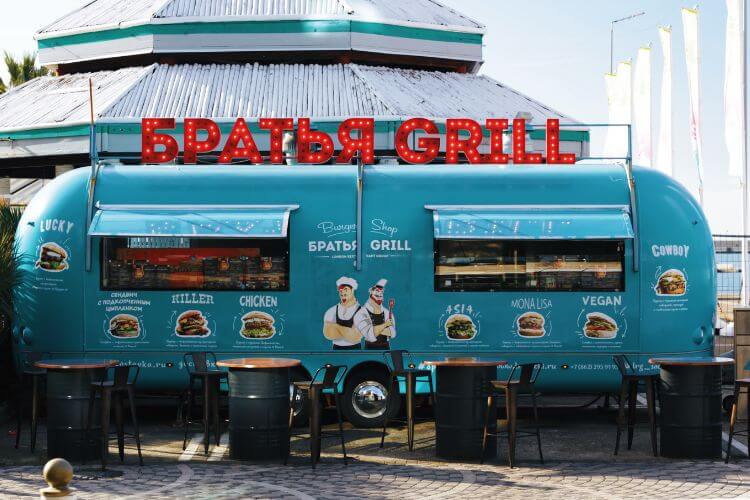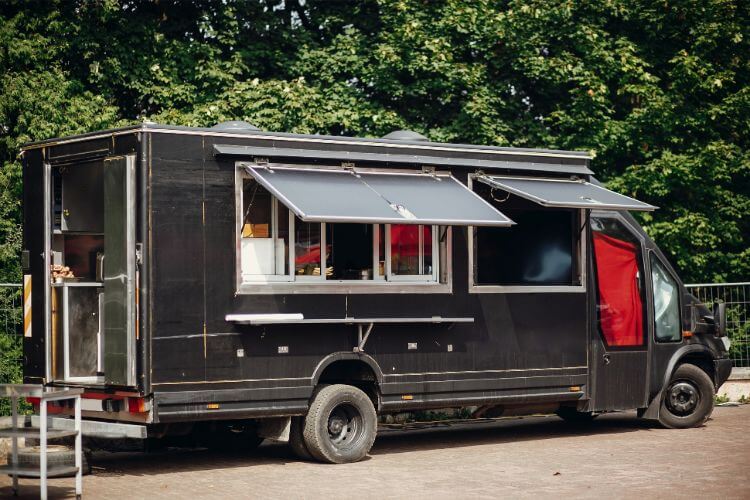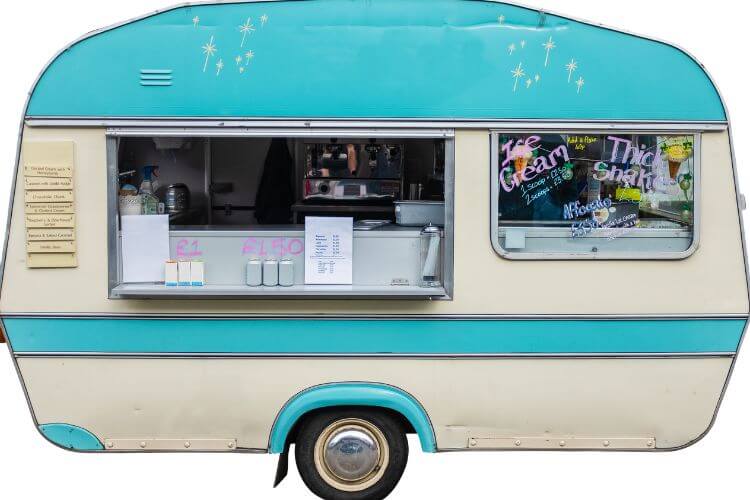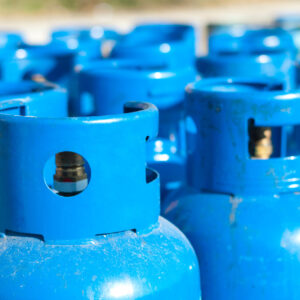Converting a caravan into a food stall is a popular way to start a mobile food business. It’s a cost-effective way to get started, and you can customise your caravan to suit your specific needs.
Whether you’re looking to sell coffee, pastries, or hot food, converting a caravan can be a great way to get started.
There are a few things to keep in mind when converting a caravan into a food stall. First, you’ll need to make sure that your caravan is structurally sound and safe to use.
You’ll also need to make sure that your caravan is equipped with the necessary equipment and appliances to prepare and serve food. This may include a refrigerator, a stove, a sink, and a generator to power everything.
Once you’ve got the basics covered, you can start to get creative with your caravan conversion. You can add custom signage, paint your caravan in eye-catching colours, and even add a seating area for your customers.
With a little bit of imagination and hard work, you can turn your caravan into a thriving food business.
Assessing the Caravan

Before converting a caravan into a food stall, it is important to assess its size, space, condition, and safety. Here are some things to consider:
Size and Space
The size of the caravan will determine how much space you have to work with. Consider the size of the equipment and appliances you will need, as well as the amount of storage space required for ingredients and supplies.
Make sure there is enough space for you to move around comfortably while preparing and serving food.
You may also want to consider the height of the caravan. A taller caravan will provide more headroom, making it easier to work inside. However, a taller caravan may also be more difficult to tow and may require more fuel to transport.
Condition and Safety
It is important to assess the condition of the caravan before converting it into a food stall. Look for signs of wear and tear, such as rust, leaks, or damage to the exterior or interior.
Check that the electrical and plumbing systems are in good working order, and that there are no safety hazards, such as loose wiring or gas leaks.
If the caravan is in poor condition, it may not be worth the cost and effort to convert it into a food stall. It is also important to ensure that the caravan meets any relevant safety standards and regulations for food stalls in your area.
This may include requirements for ventilation, fire safety, and hygiene.
Overall, assessing the caravan carefully before beginning the conversion process will help ensure that you have a safe and functional food stall that meets your needs.
Designing the Food Stall

Layout and Flow
When designing your caravan food stall, it’s important to consider the layout and flow of the space. You want to make sure that the space is efficient for cooking and serving, while also being comfortable for customers.
Consider the following:
- Design a clear and logical flow for customers to order and receive their food
- Ensure that the cooking area is separate from the serving area to avoid cross-contamination
- Maximize counter space and storage by using compact, stackable equipment
- Allow for enough space for staff to move around comfortably
Equipment and Appliances
The equipment and appliances you choose will depend on the type of food you’ll be serving.
Here are some things to consider:
| Equipment | Considerations |
| Grill or griddle | For cooking meats, vegetables, and other foods |
| Fryer | For cooking fried foods such as chicken and fries |
| Refrigerator | For storing ingredients and perishable foods |
| Freezer | For storing frozen foods such as ice cream and popsicles |
Power and Water Supply
Your food stall will need a reliable power and water supply to operate.
Here are some things to consider:
- Make sure your caravan has a power source, such as a generator or electrical hook-up
- Consider using propane gas for cooking appliances to avoid the need for electricity
- Install a water tank or connect to a water source for washing dishes and hands
- Consider using disposable plates and utensils to minimize the need for washing
Preparing the Caravan
Stripping the Interior
The first step in converting a caravan to a food stall is to strip the interior. This involves removing all the fixtures and fittings that are not needed. This includes beds, cupboards, and any other furniture. The aim is to create a blank canvas that can be fitted out as a food stall.
It is important to take care when stripping the interior. You don’t want to damage the caravan’s structure or any of the fixtures that you want to keep. It is also important to dispose of any waste responsibly.
Cleaning and Painting
Once the interior has been stripped, it is time to clean and paint the caravan. This involves removing any dirt and grime that has built up over the years. You can use a pressure washer to clean the exterior of the caravan and a vacuum cleaner to clean the interior.
Once the caravan is clean, it is time to paint it. You can use a paintbrush or a roller to apply the paint. It is important to use a paint that is suitable for use on caravans. This will ensure that the paint adheres properly and lasts for a long time.
Flooring and Walling
Once the caravan has been cleaned and painted, it is time to fit out the interior. This involves installing flooring and walling. There are many different types of flooring and walling that you can use.
When choosing flooring, it is important to choose a material that is durable and easy to clean. You can use vinyl, linoleum, or rubber flooring. When it comes to walling, you can use tiles, stainless steel, or plastic panels. It is important to choose a material that is easy to clean and that will not absorb any odours.
Once the flooring and walling have been installed, you can start to fit out the interior with the equipment that you need to run your food stall.
Building the Food Stall
Framing and Insulation
The first step in building your food stall is framing and insulation. This is a crucial step as it will provide the structure and protection for your stall. You can use wood or metal framing, depending on your preference and budget.
Once you have your framing in place, it’s time to insulate the walls and ceiling. This will help keep the inside of your stall at a comfortable temperature, regardless of the weather outside. You can use foam board insulation or fiberglass insulation for this step.
Installation of Equipment and Appliances
Next, it’s time to install your equipment and appliances. This includes your cooking equipment, refrigeration, and any other appliances you may need for your specific food stall.
It’s important to make sure that everything is installed properly and securely. You may want to consider using a professional installer for this step to ensure everything is up to code and safe for use.
Electrical and Plumbing Works
The final step in building your food stall is electrical and plumbing works. You will need to have electricity and running water for your stall to function properly.
This includes installing electrical outlets, lighting, and plumbing fixtures such as sinks and faucets. Again, it’s important to make sure everything is installed properly and up to code to ensure the safety of your customers and employees.
By following these steps, you can build a functional and safe food stall that will allow you to serve your delicious food to customers on the go.
6. Testing and Launching
Trial Runs and Adjustments
Before launching your caravan as a food stall, it’s important to conduct trial runs and make necessary adjustments. This will help ensure that your food stall is running smoothly and efficiently.
During trial runs, you can test your equipment, menu items, and service. You can also identify any potential issues and make adjustments accordingly.
Consider inviting friends or family to your trial runs to get their feedback. You can also reach out to local food bloggers or influencers to try your food and provide reviews. This can help generate buzz and excitement for your upcoming launch.
Permits and Licences
Before launching your food stall, you’ll need to obtain the necessary permits and licences. This will vary depending on your location and the type of food you’re serving. Make sure to research the requirements in your area and obtain all necessary permits and licences before launching.
You may need to obtain a food handler’s permit, a mobile food vendor permit, and a business licence. You may also need to comply with health and safety regulations, such as having a hand washing station and proper food storage.
Marketing and Promotion
Once you’ve conducted trial runs and obtained the necessary permits and licences, it’s time to start marketing and promoting your food stall. Consider creating a social media presence and posting mouth-watering photos of your food. You can also offer promotions or discounts to attract customers.
Consider participating in local events or festivals to generate more exposure for your food stall. You can also partner with other local businesses to cross-promote each other’s offerings.
Remember to always provide excellent customer service and quality food to keep customers coming back.



